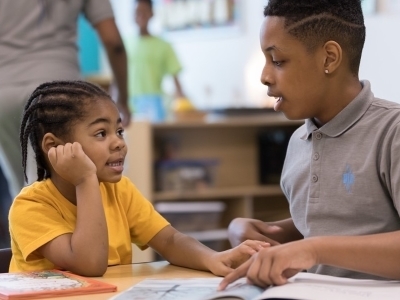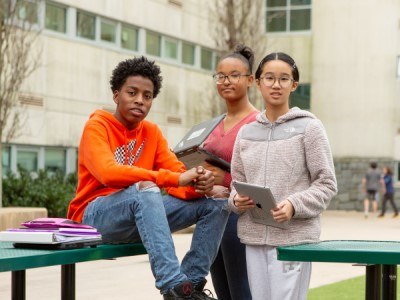Embedding Assessment in Hands-On Learning: What We Learned from Students and Teachers from Boston to Bangalore
Topics
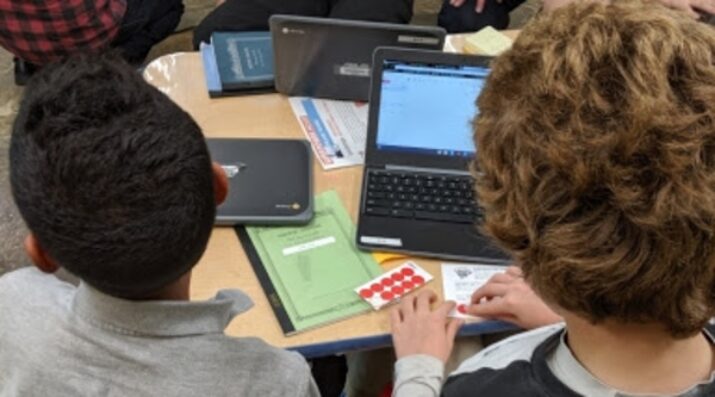
Educators are rethinking the purposes, forms, and nature of assessment. Beyond testing mastery of traditional content knowledge—an essential task, but not nearly sufficient—educators are designing assessment for learning as an integral part of the learning process.
With more emphasis on authentic learning in classrooms, how can educators assess process skills and create assessment tools that put learners in the driver's seat?
With more emphasis on authentic learning in classrooms, from hands-on STEM projects to open-ended making, educators are facing an increased need to assess process-related skills (e.g., collaboration and troubleshooting). What would it look like to seamlessly embed assessment in such messy, iterative, and social processes of learning that include activities such as making and engineering tasks? How can we create assessment tools that go beyond rubrics and put learners in the driver's seat, empowering them to be active participants of assessment?
The MIT Playful Journey Lab explores this question by designing and developing embedded assessment tools that educators can adopt in hands-on learning experiences that emphasize designing and building things, such as project-based learning or maker-centered learning. Last year, in collaboration with MakerEd and two middle schools, we created an embedded assessment toolkit based on the four design principles of assessment to support assessment practices in school-based making (see Murai, Kim, Martin, Kirschmann, Rosenheck, & Reich, 2019 for more details).
The toolkit consists of seven tools and activities designed to embed assessment in learning contexts. The tools support students and teachers to generate tangible evidence of the making process and connect it with underlying competencies. For example, Sparkle Sleuth encourages teachers and students to give short notes documenting evidence of competencies, which otherwise would be forgotten.
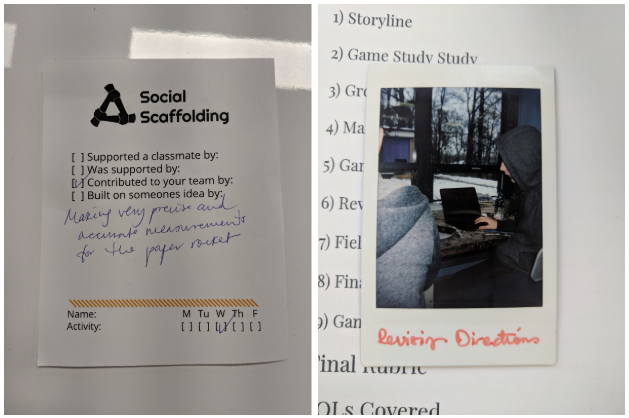
Sleuth slips collected during MIT STEAM Camp in Hong Kong, and an instax version of Sleuth evidence collected in the partner middle school in Charlottesville, VA.
Second, the tools help students contribute their assessment insights through low-tech, easy-to-use tools. Assessment becomes part of their learning experience, instead of something that is given to them. One example is the Maker Moment Punch Card, which is a small card that looks like a cafe frequent customer card. It enables students to track the number of times they have taken actions related to the learning goals simply by putting a sticker in the circle.
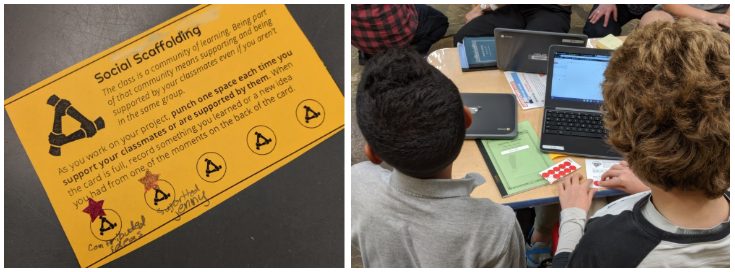
Maker Moment Punch Card collected during the i2Learning STEM week, and a student putting a sticker on a punch card during a maker workshop in an elementary school in the greater Boston area.
Finally, many parts of the tools are customizable so teachers can customize and adapt to the language, practices, and norms of their classroom. Teachers can choose competencies that are most important to them or resonate with the content students are working on and adapt the tools to capture it specifically. To provide a starting point, we have a set of seven constructs that are commonly emphasized by maker educators for them to build on.
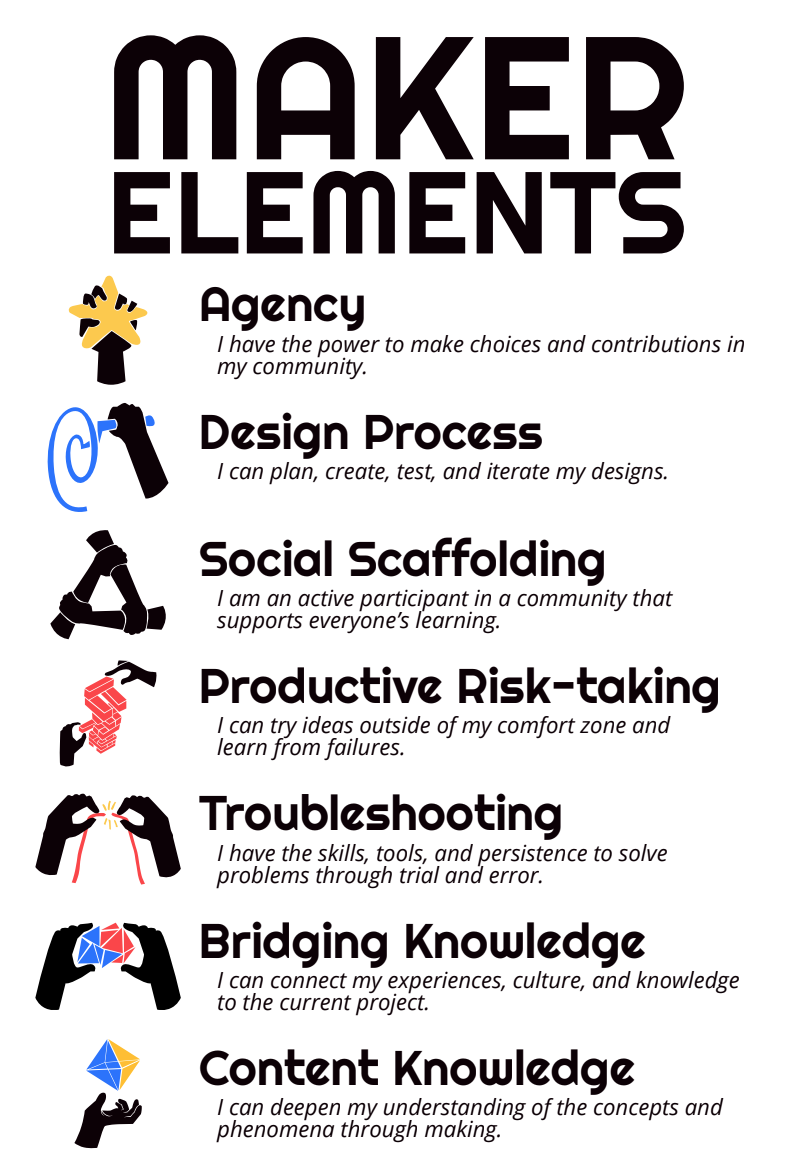
Maker Elements poster used in the partner middle schools in Portola Valley, CA and Charlottesville, VA.
This year, we have been further applying these embedded assessment tools across multiple contexts beyond school makerspaces: a STEAM camp in Hong Kong, makerspaces in Bangalore India, and a one-week immersive STEM program in Massachusetts. Each implementation site had its unique educational and cultural context that provided us with different challenges for creating embedded assessments. These applications gave us several important lessons that should be considered to meaningfully embed assessment in such learning environments.
(1) Explicitly address how what is being assessed is connected to what learners are doing. It is difficult to engage in assessment when it seems to have nothing to do with what you are working on. During the STEM program in Boston, one teacher brought up the story of Apollo 13 and asked students how the crew on the spaceship might have overcome numerous difficulties using social scaffolding skills, while students were using these skills to build their lunar colony. This communicated to students the compelling need to build those skills. Such a small bridge could help students see how the constructs they are building are connected to the activities they are engaging in, and create a cohesive learning experience.
(2) Create a classroom culture of noticing, reflecting, and communicating throughout the learning process. Even though our assessment method is designed to make evidence collection minimally interruptive and integrated into the activity, it is challenging for students to keep track of their learning while they are immersed in it. We saw teachers post the learning constructs on the wall and regularly talk about them. In that classroom, students seemed more comfortable talking about their learning and more focused on authentic experiences. Like many practices, the more this is incorporated into the classroom routine, the easier it will become.
(3) Reflection is key to learning! It is common to run out of time when your students are immersed in hands-on learning, but reserving time for reflection is crucial. We observed teachers facilitating 5-minute conversations about the evidence they collected at the end of class periods. While very short, students talked about their experience in their own words and reflected on how they could work better with their group the next day. Without reflection, it is hard to remember what happened during the activity and make sense of the evidence collected. Even a short reflection is better than nothing!
We hope our experiments in different contexts inspire you to try your own. Our quest to design assessment for hands-on learning has just begun. We look forward to hearing how you are using embedded assessment in hands-on learning settings to have meaningful conversations about learning with students and other stakeholders.
All photos courtesy of MIT Playful Journey Lab.



